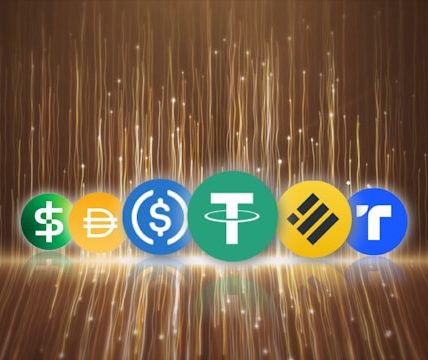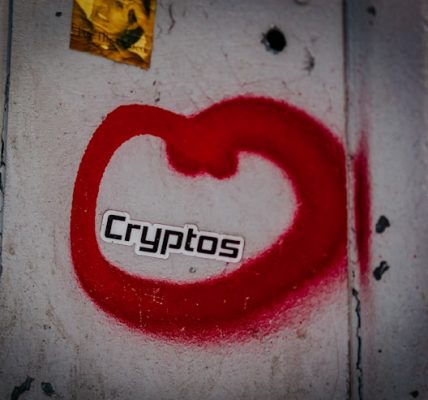Alright folks, let’s dive into the wild world of Decentralized Finance, or DeFi as the cool kids call it. For the past fifteen years, I’ve been neck-deep in this stuff, and let me tell you, it’s been a rollercoaster. We’re talking about a potential revolution here, a chance to reshape the entire financial system. But, like any revolution, it’s got its share of risks and challenges. So, buckle up!
What Exactly IS DeFi?
Simply put, DeFi aims to recreate traditional financial services – think lending, borrowing, trading – but without the traditional intermediaries like banks and brokerages. It’s all built on blockchain technology, which means it’s (supposedly) more transparent, accessible, and efficient. Instead of relying on a central authority, DeFi uses smart contracts – self-executing code – to automate these processes. Sounds futuristic, right? Well, it kind of is.
DeFi’s Building Blocks: A Quick Tour
There are a few key components that make up the DeFi ecosystem. Let’s break them down:
- Decentralized Exchanges (DEXs): Forget about the New York Stock Exchange. DEXs allow you to trade cryptocurrencies directly with other users, without a middleman taking a cut. Think of it as a digital swap meet for digital assets.
- Lending Platforms: Need a loan? Got some crypto you’re willing to lend out? DeFi lending platforms connect borrowers and lenders directly, often offering better rates than traditional banks. I’ve seen some platforms offering crazy high yields, but remember, higher returns usually come with higher risks.
- Stablecoins: These are cryptocurrencies pegged to a stable asset, like the US dollar. They’re designed to minimize volatility, making them useful for everyday transactions and as a safe haven in the often-turbulent crypto market.
The Promise and the Potential
So, why all the hype around DeFi? Well, the potential benefits are pretty compelling:
- Financial Inclusion: DeFi could provide access to financial services for the billions of people around the world who are unbanked or underbanked. Imagine someone in a developing country being able to access loans or investment opportunities that were previously out of reach.
- Transparency: All transactions are recorded on the blockchain, creating a transparent and auditable record. No more black boxes or hidden fees!
- Efficiency: By automating processes with smart contracts, DeFi can cut out the red tape and reduce transaction costs.
I truly believe that DeFi can democratize finance and empower individuals in ways we never thought possible.
The Dark Side: Risks and Challenges
Okay, time for a reality check. DeFi is still a very young and experimental field, and it’s not without its risks. In fact, there are plenty of ways to lose your shirt in the DeFi space if you’re not careful. Here are a few things to keep in mind:
- Smart Contract Vulnerabilities: Remember those self-executing smart contracts? Well, if there’s a bug in the code, hackers can exploit it to steal funds. We’ve seen it happen time and time again, and it’s not pretty.
- Regulatory Uncertainty: Governments around the world are still trying to figure out how to regulate DeFi. This uncertainty could lead to crackdowns or new regulations that could impact the entire ecosystem.
- Complexity: Let’s be honest, DeFi can be complicated! Understanding the underlying technology, the tokenomics, and the risks involved requires a significant amount of research and due diligence.
- Scaling Risk: Current DeFi platforms use a consensus method with slow transaction speeds. Ethereum—the main technology for decentralized finance, in Harvey’s words—can process 15 transactions a second. Visa can process 65,000 a second.
Navigating the DeFi Landscape: A Few Tips
So, how can you get involved in DeFi without getting burned? Here’s my advice:
- Do Your Research: Before investing in any DeFi project, read the whitepaper, understand the tokenomics, and assess the risks. Don’t just blindly follow the hype!
- Start Small: Don’t put all your eggs in one basket. Start with a small amount of capital that you’re willing to lose.
- Be Cautious: If something sounds too good to be true, it probably is. Be wary of projects promising ridiculously high returns.
- Stay Informed: The DeFi space is constantly evolving, so stay up-to-date on the latest news, trends, and risks.
The Road Ahead
DeFi has experienced explosive growth in the past year. By 2025, the financial landscape is rapidly changing. DeFi is transforming traditional banking by offering a faster, more transparent, and cost-effective alternative to financial services. The potential for financial inclusion and the realization of a truly decentralized future are within reach, but only if we address the challenges with security and commitment.
Achieving regulatory clarity and navigating the complex legal frameworks governing decentralized finance pose significant challenges. Releasing the potential of DeFi will involve a multi-faceted approach with pro-innovation and pro-consumer protection open and inclusive policies. As we look ahead, it’s clear that DeFi has the potential to revolutionize the financial system. But it’s also crucial to approach it with caution, awareness, and a healthy dose of skepticism. It might be the Wild West of finance right now, but with the right approach, it could also be the future.





